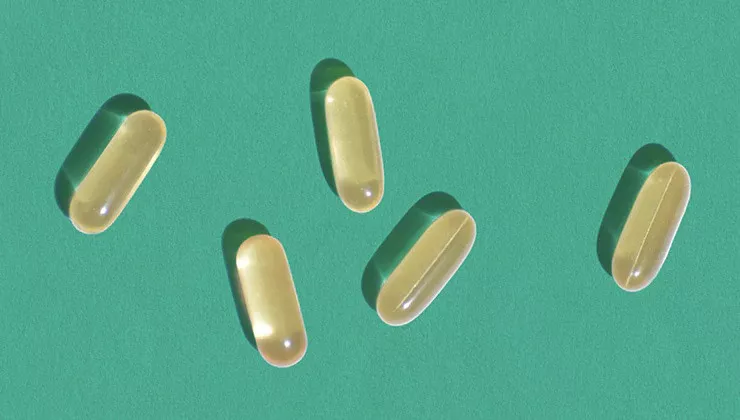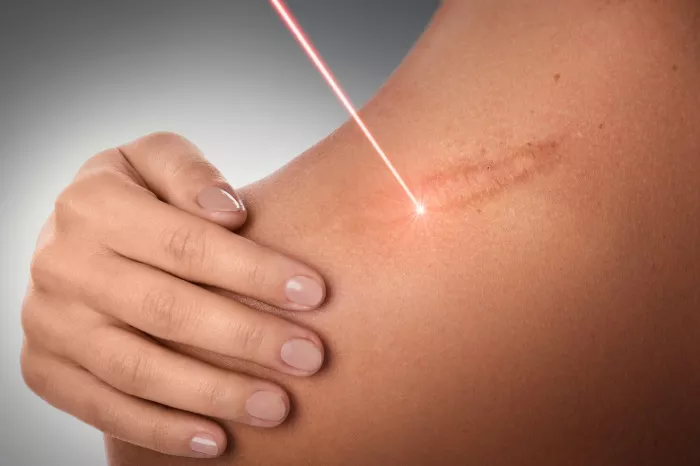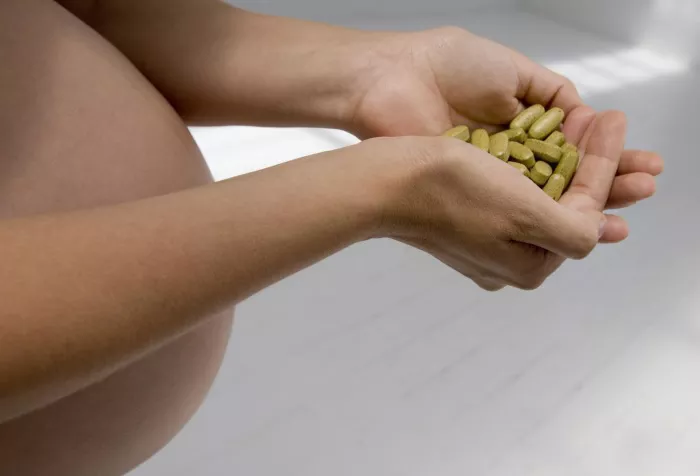Microdermabrasion is a popular cosmetic procedure that exfoliates the outer layer of the skin, helping to improve skin texture, reduce the appearance of fine lines, wrinkles, acne scars, and hyperpigmentation. While professional microdermabrasion treatments are often available in spas and dermatology clinics, some individuals may choose to perform a milder form of microdermabrasion at home using over-the-counter kits. However, it is crucial to know what to put on your face after home microdermabrasion to ensure proper healing and maximize the benefits of the treatment.
Immediately After Microdermabrasion
Gentle Cleanser
After completing the microdermabrasion process, it is essential to clean the face gently. Use a mild, non-irritating cleanser that is suitable for sensitive skin. This helps to remove any remaining debris or particles from the exfoliation process. For example, a cleanser with a simple formula like Cetaphil Gentle Skin Cleanser can be a good choice. It cleanses without stripping the skin of its natural oils, which is vital as the skin is in a more vulnerable state after microdermabrasion.
Cool Compress
Applying a cool compress to the face can help soothe any redness or irritation. You can use a clean, soft cloth soaked in cool water and gently press it against the skin for a few minutes. This not only provides relief but also helps to reduce any mild swelling that may have occurred. Make sure the water is not too cold as extreme cold can cause damage to the newly exfoliated skin.
Within the First Few Hours
Hydrating Serum
A hydrating serum is a great addition to the post-microdermabrasion skincare routine. Look for a serum that contains hyaluronic acid. Hyaluronic acid has the ability to hold a large amount of water, which helps to plump up the skin and improve its moisture content. For instance, The Ordinary Hyaluronic Acid 2% + B5 Serum is a popular and affordable option. Apply a few drops of the serum onto the face and gently pat it in. This allows the serum to penetrate the skin more effectively and provide intense hydration.
Soothing Moisturizer
Following the serum, apply a soothing moisturizer. Choose a moisturizer that is free from fragrances, alcohol, and harsh chemicals. A moisturizer with ingredients like aloe vera, chamomile, or calendula can be beneficial. These ingredients have anti-inflammatory properties that help to calm the skin. CeraVe Moisturizing Cream is a good example. It contains ceramides and hyaluronic acid, which work together to repair the skin’s barrier and keep it hydrated. Apply a thin, even layer of the moisturizer over the face and neck, using gentle upward strokes.
In the Next Few Days
Vitamin C Serum
Once the skin has had a chance to recover a bit from the initial post-microdermabrasion phase, introducing a vitamin C serum can be beneficial. Vitamin C is a powerful antioxidant that helps to brighten the skin, boost collagen production, and protect against environmental damage. However, it is important to choose a stable form of vitamin C, such as L-ascorbic acid. Skinceuticals C E Ferulic is a well-known and highly regarded vitamin C serum. Apply it in the morning after cleansing and before applying sunscreen. A few drops are sufficient, and it should be evenly spread over the face and neck.
Sun Protection
After microdermabrasion, the skin is more sensitive to the sun’s harmful rays. Therefore, using a broad-spectrum sunscreen with an SPF of 30 or higher is essential. Look for a sunscreen that is formulated for sensitive skin and is free from chemical blockers that may cause irritation. Zinc oxide or titanium dioxide-based sunscreens are good options. For example, EltaMD UV Clear Broad-Spectrum SPF 46 is a popular choice among dermatologists. Apply sunscreen generously to the face, neck, and any other exposed areas at least 15 minutes before going outside and reapply every two hours if you are outdoors for an extended period.
Over the Next Week
Retinol (Optional)
If your skin has tolerated the previous steps well, you may consider introducing a retinol product. Retinol is a derivative of vitamin A and is known for its anti-aging properties. It helps to increase cell turnover, reduce the appearance of fine lines and wrinkles, and improve skin texture. However, it can be irritating, especially after microdermabrasion. Start with a low concentration retinol and use it only a few times a week, gradually increasing the frequency as your skin adjusts. Neutrogena Rapid Wrinkle Repair Retinol Oil is a relatively gentle option. Apply a small amount at night after cleansing and before applying moisturizer.
Sheet Masks
Using a hydrating sheet mask once or twice a week can provide an extra boost of moisture to the skin. Look for sheet masks that contain ingredients like hyaluronic acid, glycerin, or plant extracts. These masks help to lock in moisture and nourish the skin. For example, Laneige Water Sleeping Mask is a popular choice. Leave the sheet mask on for the recommended time, usually 15 – 20 minutes, and then gently pat any remaining essence into the skin.
Long-Term Care
Continued Hydration
Maintaining proper hydration is crucial for the long-term health of the skin. In addition to using hydrating serums and moisturizers, make sure to drink an adequate amount of water throughout the day. This helps to keep the skin hydrated from the inside out. You can also use a facial mist throughout the day to refresh the skin and add an extra layer of moisture. Evian Facial Spray is a simple and convenient option.
Nutritional Supplements
Taking certain nutritional supplements can also support skin health. Omega-3 fatty acids, for example, help to reduce inflammation and improve the skin’s barrier function. Vitamin E is another antioxidant that can protect the skin from free radical damage. Consult with a healthcare professional before starting any new supplement regimen to ensure it is appropriate for you.
Regular Skin Examinations
After performing microdermabrasion at home, it is important to keep an eye on your skin’s condition. Look for any signs of infection, such as increased redness, swelling, pain, or discharge. If you notice any abnormal changes, it is advisable to consult a dermatologist. Additionally, regular skin examinations can help you detect any potential skin issues early on and take appropriate action.
Conclusion
In conclusion, proper aftercare following home microdermabrasion is essential for achieving the best results and maintaining healthy skin. By using the right products in the right order and taking good care of your skin in the long term, you can enhance the benefits of the microdermabrasion treatment and enjoy smoother, more radiant skin. Remember, everyone’s skin is different, so it may take some trial and error to find the perfect skincare routine that works for you. If you have any concerns or questions, it is always best to consult a professional skincare expert or dermatologist.
Related topics:
How To Care For Your Skin After Microdermabrasion?



































